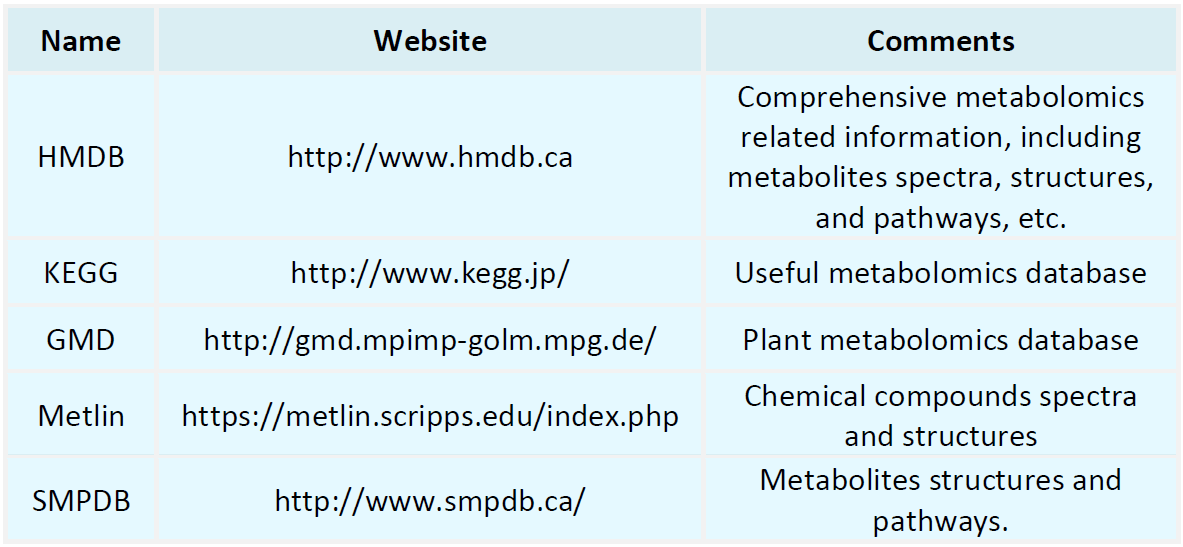Resources
Proteomics Databases

Metabolomics Databases

-
Protein characterization is a crucial step in the study of protein structure, function, and its roles in biological systems. Through comprehensive protein characterization, scientists can determine important features such as amino acid sequences, three-dimensional structures, functional domains, and post-translational modifications. These insights are essential for understanding fundamental biological processes and their implications in health and disease. In fields such as biomedicine, drug developme......
-
SDS PAGE Gel Analysis is a widely used protein analysis technique based on the principle of separation using an electric field and polyacrylamide gel. This technique involves separating proteins in polyacrylamide gel via electrophoresis, utilizing differences in protein molecular sizes for the analysis. Sodium dodecyl sulfate (SDS), an anionic surfactant, binds to protein molecules, denaturing them by disrupting their three-dimensional structure and converting them into linear forms, while imparting a......
-
MALDI TOF MS MS integrates the strengths of time-of-flight mass spectrometry (TOF-MS) and tandem mass spectrometry (MS/MS), offering high resolution, exceptional sensitivity, and robust capabilities for both qualitative and quantitative analyses. By sequentially guiding ionized samples through multiple stages of mass spectrometry analysis, this technology generates comprehensive and precise molecular information. It has become a critical tool in life sciences, pharmaceutical research, and environmenta......
-
Analysis of proteomes is a scientific discipline dedicated to investigating the structure, function, and interactions of all proteins within cells, tissues, or organisms. As a critical branch of systems biology, the primary objective of proteomics is to understand the complex protein networks in organisms comprehensively. This includes revealing the variations in these networks under diverse physiological conditions and disease states, and elucidating how protein interactions and post-translational mo......
-
MALDI TOF TOF MS is a high-throughput mass spectrometry technology that combines exceptional sensitivity and precision. It is widely utilized in biology, drug discovery, and clinical diagnostics, playing a pivotal role in proteomics research. The core strength of this technology lies in its ability to rapidly and efficiently perform qualitative and quantitative analyses of macromolecules in complex biological samples, particularly for protein studies. MALDI TOF TOF MS operates on the principles of M......
-
MALDI mass spec represents a groundbreaking advancement in mass spectrometry, widely utilized in biology, chemistry, and environmental science. Since its inception in the 1980s, it has become a vital tool for analyzing complex biological samples, particularly excelling in proteomics research due to its unparalleled performance in macromolecular analysis. The operating principle of MALDI mass spec is founded on matrix-assisted laser desorption/ionization (MALDI) technology. In this process, a sample ......
-
• Protein Mass Spectrometry Spectrum Analysis
Overview of Protein Mass Spectrometry Spectrum Analysis Protein Mass Spectrometry Spectrum Analysis is a pivotal technique that utilizes mass spectrometry to detect the mass and structural characteristics of proteins or peptides. This method plays a critical role in proteomics research, enabling the identification of proteins within samples, quantifying protein expression variations, analyzing protein modifications, and studying protein-protein interactions. Protein Mass Spectrometry Spectrum Analysis......
-
• MALDI TOF TOF Mass Spectrometer
The maldi tof tof mass spectrometer is a high-throughput analytical instrument that integrates advanced mass spectrometry technology, widely utilized in proteomics, metabolomics, and biomarker discovery. By employing laser irradiation in combination with a matrix, it ionizes sample molecules and analyzes them based on ion flight time and mass-to-charge ratio (m/z). This approach facilitates the rapid and precise elucidation of molecular structures within complex biological samples. Its innovative two-......
-
Principles and Methods of Protein Mass Spectrometry Protein mass spectrometry involves using mass spectrometry to analyze protein samples, revealing information such as their mass, sequence, structure, and modifications. The process includes sample preparation, operation of the mass spectrometer, and data analysis. Common methods include mass spectrum analysis, peptide identification, and protein quantification. These techniques, characterized by high sensitivity, resolution, and throughput, make prot......
-
• Overview of Protein Mass Spectrometry Identification Technology
Overview of Protein Mass Spectrometry Identification Technology Protein Mass Spectrometry Identification Technology is an analytical approach that utilizes mass spectrometry to determine the molecular structure and composition of proteins or peptides. This technology plays a crucial role in various fields such as proteomics, biomedical research, disease diagnostics, and drug development. By measuring the precise mass-to-charge ratio (m/z) of proteins or peptides and their fragmentation patterns, scien......
How to order?







